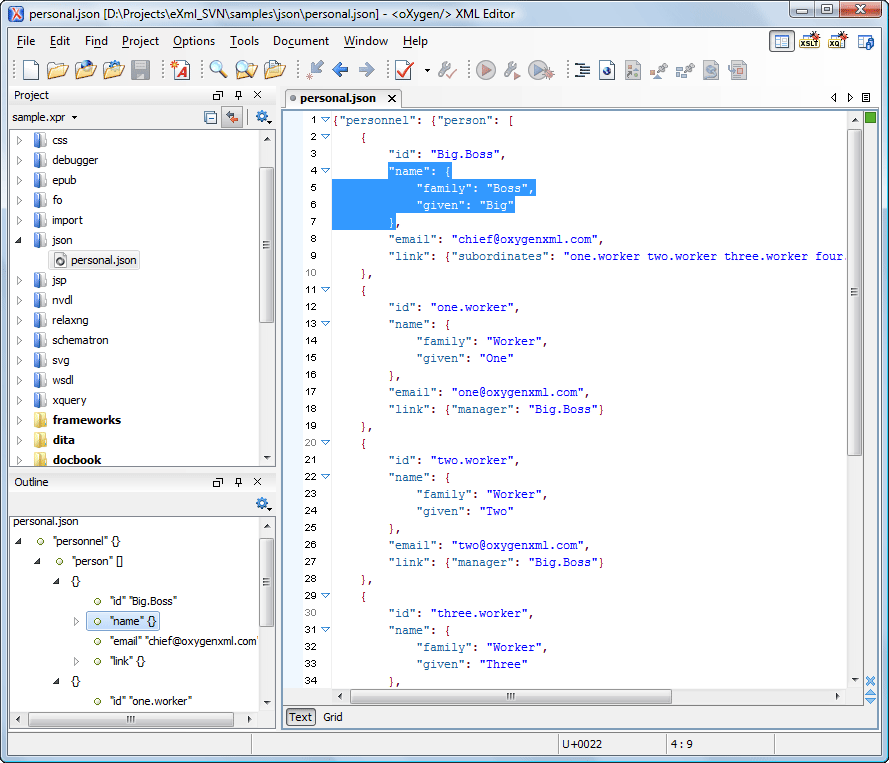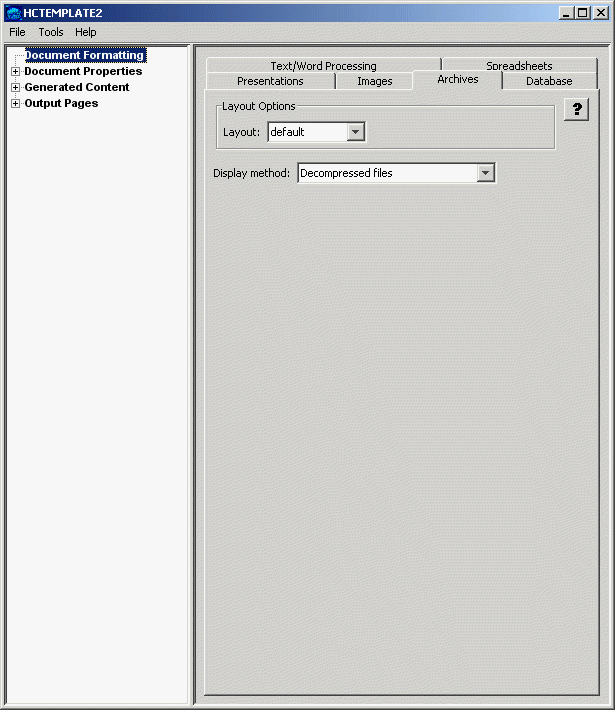
The extract runs from the end of the string towards the beginning and contains the number of characters specified in length.įor example: Right with input Project Manager returns Manager.Ĭonvert the string to lowercase using the currently active locale.įor example: Lowercase with input Project Manager returns project manager.Ĭonvert the string to all lowercase. The extract starts at the defined start index position and contains the number of characters specified in length.įor example: Substring with input Project Manager returns Man.Įxtract a part of a longer string. The extract starts at the defined start index position and runs until the end of the string.įor example: Substring with input Project Manager returns Manager.Įxtract a part of a longer string. Replace all occurrences of the first string with the second string.Įxtract a part of a longer string. Remove all trailing occurrences of the specified character. Remove all trailing whitespace characters. Remove all leading occurrences of the specified character. Remove all leading whitespace characters. Replace with the character you want to remove.įor example: To remove a ", enter the " four times: Trim.

Remove all leading and trailing occurrences of the specified character.

Remove all leading and trailing whitespace characters. You can use the following actions Cell Settings - All Columns and Cell Settings - Single Columns: Tosca DI overwrites any existing file with the same name.īy default, Tosca DI doesn't log load errors. Specify the file that errors are logged to. To specify a column, replace with the column name.ĭefine the maximum number of errors before Tosca aborts execution. Specify a semicolon-separated list of values that should be skipped.ĭefine a semicolon-separated list of characters that indicate a valid row.įor instance, process lines that start with _, - or Īpply one of the actions described below to a specified column. In case the header is on a different row, specify the row number using # instead of True. Set to True to indicate whether the file has a header row. In the Value column, specify the new name. In the Name column, specify the name of the column you want to rename.

The file has to start with the header row Current Column Name Mapped Column Name followed by one line for each column that you want to rename.
Db text file format full#
Specify the full file path to a text or CSV file with the column mappings. Specify a semicolon-separated list of columns that should be loaded. Specify the character that indicates a new row. Indicate the starting point for each column in a comma-separated list or the separator symbol in character-separated files. For instance, you could enter C:\temp\myExcelFile*.csv.ĭefine whether the columns have a fixed length or are separated by commas.
You can load multiple files from the same directory into the same table. Otherwise, Tosca DI drops the table before loading new data.Įnter the full file path and file name of the text file you want to load. Set to True to add the data of the text file to the existing table. The File Load into Caching Database Module contains the following attributes:Įnter the name of the SQLite table into which Tosca DI loads the data. The columns of the file are separated by a semicolon. In this example, you load the file into the table Address. Make sure to configure the path of the SQLite caching database in the Settings dialog in Tosca Commander ( see chapter "Settings - Tosca Data Integrity"). You can use this Module to load multiple files. Use the File Load into Caching Database Module to load the content of a text file into an SQLite database. To do so, you can use the following Modules which are included in the Tosca Data Integrity Modules And Samples.tsu subset and located in the folder Modules ->Data Integrity Testing:ĭefined File Tests against Caching Database Run Pre-Screening tests on your text files to prevent loading the wrong data. Upon testing, Tosca loads text files into an SQLite database. To create different tests for text files, you have to perform the following steps:


 0 kommentar(er)
0 kommentar(er)
